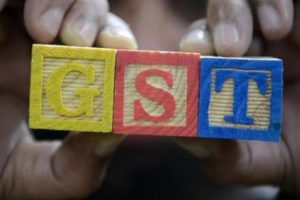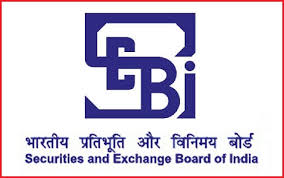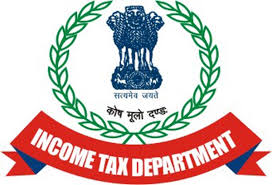
The Central Board of Indirect Taxes and Customs (CBIC) has initiated a process to weed out approximately 12 lakh Goods and Services Tax (GST) assessees who have fallen off the tax map.
“The CBIC has communicated to field officers to take the process further. Now, field officers will issue show-cause notices, which is just a formality but a requirement under the law, and then complete the process for deregistration,” a Finance Ministry official told BusinessLine.
Currently, there are over 1 crore registered assessees on the GST Nework (GSTN), but the number of those who file returns is much less.
Under GST rules, any entity registered under the previous Sales Tax–VAT (Value-Added Tax), Central Excise Duty of Service Tax regulations was required to be enrolled under the GST and get provisional certificates.
However, if the turnover of the entity is less than the GST threshold and he/she is not willing to go for voluntary registrations, such assessees had the option to get the provisional registration cancelled and move out of the GST net. However, many assessees fail to complete the process, and so they continued to be a part of the GST-assessee base.
GST was implemented from July 1 last year. In the very first year, the number of registered assessees increased by 72.5 per cent to 1.14 crore. Of these, 66.17 lakh were existing taxpayers, that is, those registered under previous VAT/Sales Tax, Central Excise or Service Tax regime; the remaining were new ones. The Government believes that the new assessees came into the net as a result of demonetisation, which resulted in the formalisation of the economy, prompting more and more people to get registered.
During the pre-GST regime, States had different slabs for registration under VAT/ST, which was as low as ₹1 lakh and could go up to ₹10 lakh: the thresholds for Service Tax and Central Excise were ₹10 lakh and ₹1.5 crore, respectively. Now the universal threshold is ₹20 lakh (or ₹10 lakh in some States), which means there will be fewer people paying tax and filing returns.
Another Finance Ministry official said that while a wider tax base is good, there is also a need to ensure an ‘effective’ tax base; the latest initiative will help achieve that. This kind of a tax base will serve two purposes: it will lighten the burden on the GSTN, and it will give a real picture of the indirect tax regime.
Source: Business Line





